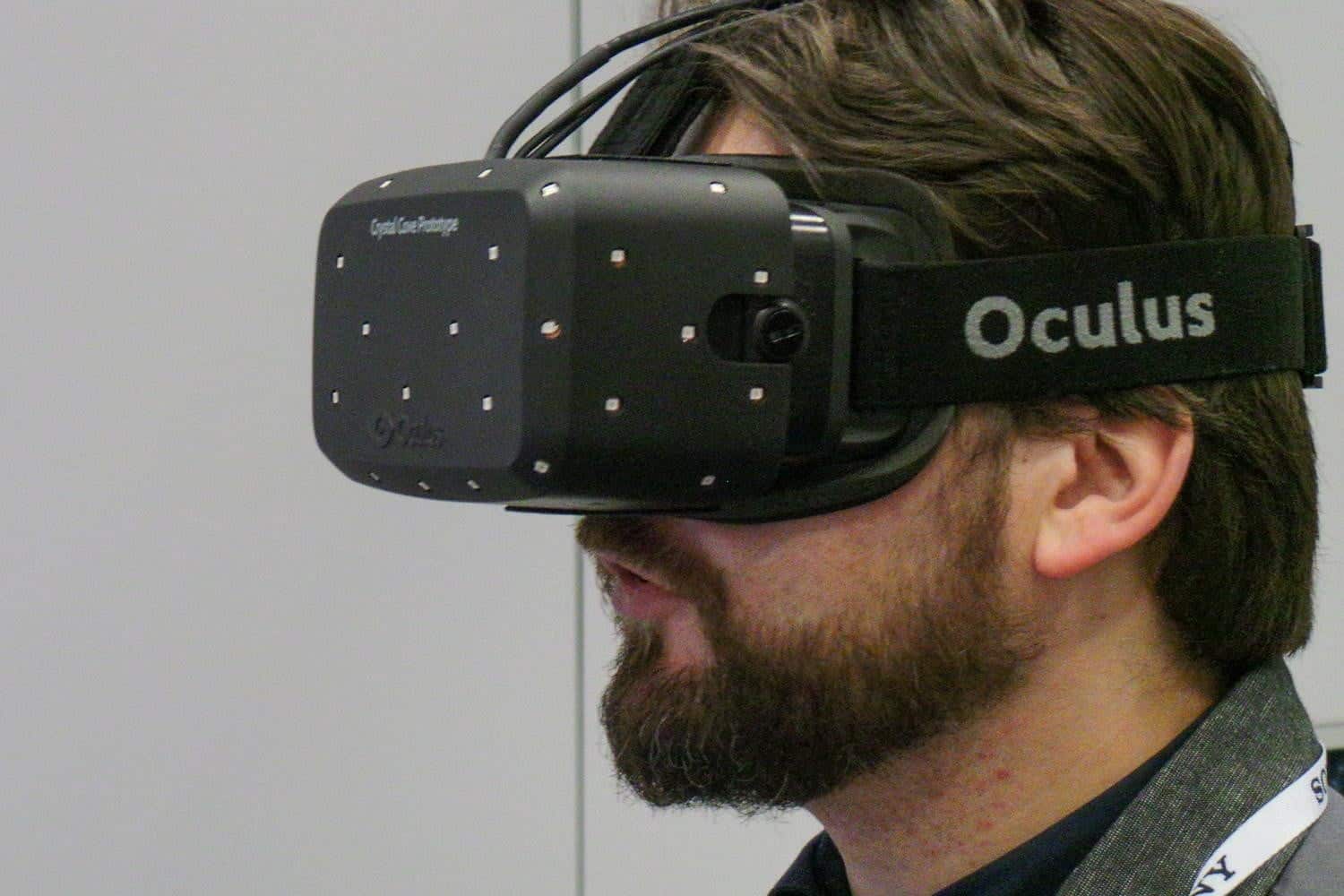
The news follows Google’s added support for WebVR in Chrome 61 for Daydream View headsets in September. According to Google evangelist Francois Beaufort, the browser allows users to interact with any website in virtual reality, follow links between pages, and automatically switch from 2D content to 3D-based sites that support WebVR.
Current VR headsets work with WebVR in different ways. For instance, the HTC Vive works with Firefox, Servo, and Supermedium on Windows devices while Firefox Nightly supports WebVR applications for the Vive on MacOS. With the Oculus Rift, WebVR works in Firefox, Supermedium, and now Chrome on Windows devices.
Here is the full list:
- HTC Vive: Firefox, Servo, and Supermedium (Windows / Firefox Nightly (MacOS)
- Oculus Rift: Firefox, Servo, Supermedium, Chrome (Windows)
- Samsung Gear VR: Oculus Browser, Samsung Internet
- Daydream: Chrome
- Google Cardboard: Chrome
- Windows Mixed Reality headsets: Microsoft Edge / Firefox and Supermedium via SteamVR
- PlayStation VR: no support
The cheapest way to access WebVR-supported content if you already have an Android phone is to use Google Cardboard, the company’s solution for virtual adventurers on a really tight budget. Google’s first-party entry sets you back a mere $15 whereas if your Android phone supports the Daydream platform, you could opt for the pricier Daydream View headset that typically sells for $100 (although its currently on sale for $50 until April 28).
WebVR is the brainchild of Mozilla’s Vladimir Vukićević, introduced in 2014. The first full version didn’t become available until March 2016, presented by the Google Chrome and Mozilla VR teams. Version 1.1 arrived in April 2017 while WebVR 2.0 is expected to arrive in 2018. Along with members from Google and Mozilla, developers from Microsoft have also joined the joint WebVR collaboration.
For now, Chrome for desktop appears to only support the Oculus Rift. So far, there is no indication that the HTC Vive and Windows Mixed Reality headsets will join Chrome’s list of supported hardware, but 2018 is still young, so we will see.

